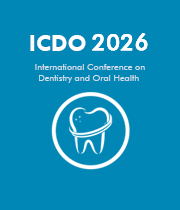Title: Forensic dentistry and examination of dental evidence
Abstract:
Forensic Dentistry, or forensic odontology, plays a critical role in legal and criminal investigatndiaons by leveraging dental science to identify individuals, analyze bite marks, and support legal proceedings. This discipline hinges on the unique features of dental structures and records, allowing comparison between antemortem and postmortem data through tools like radiographs, dental casts, and charts. It facilitates age estimation using methods such as tooth eruption patterns, Kvaal's pulp/tooth ratio, and cementum annulations (Indian Association of Forensic Odontology). Bite mark analysis, though valuable, is subject to limitations and controversy due to its interpretive nature. Technological advancements—like digital imaging, 3D scanning, and DNA analysis—have enhanced accuracy and reliability (Canadian Medical Association Journal). Legal aspects encompass admissibility of evidence, expert testimony, and ethical considerations. Historic and modern case studies, including the identification of Joseph Warren and the 1998 Nova Scotia plane crash victims, underscore the field's significance. However, challenges persist, such as handling decomposed remains, maintaining reliable dental records, and addressing the shortage of trained professionals. Looking ahead, integration with forensic anthropology, standardization of practices, and improved educational frameworks are essential for the global advancement of forensic dentistry.




